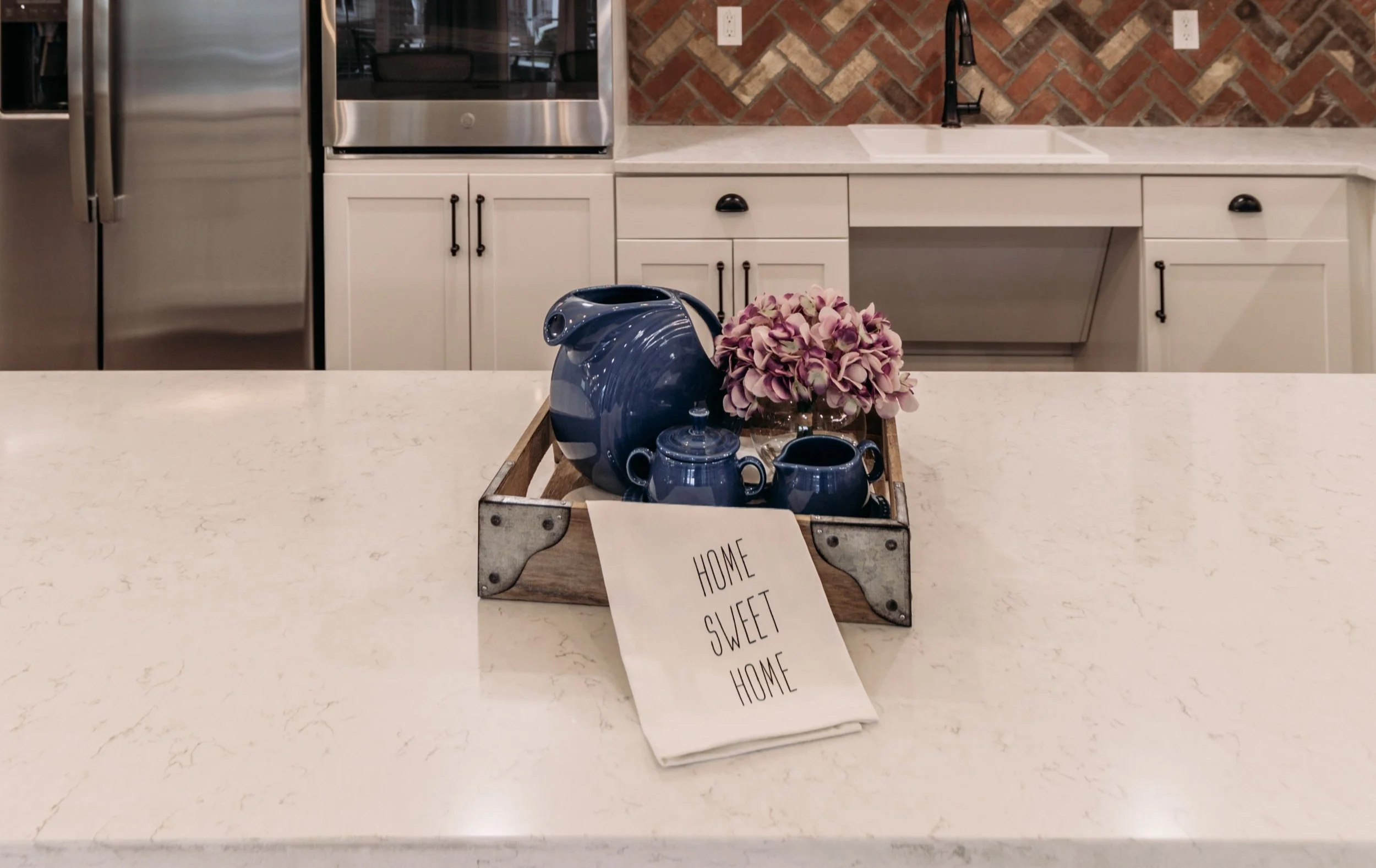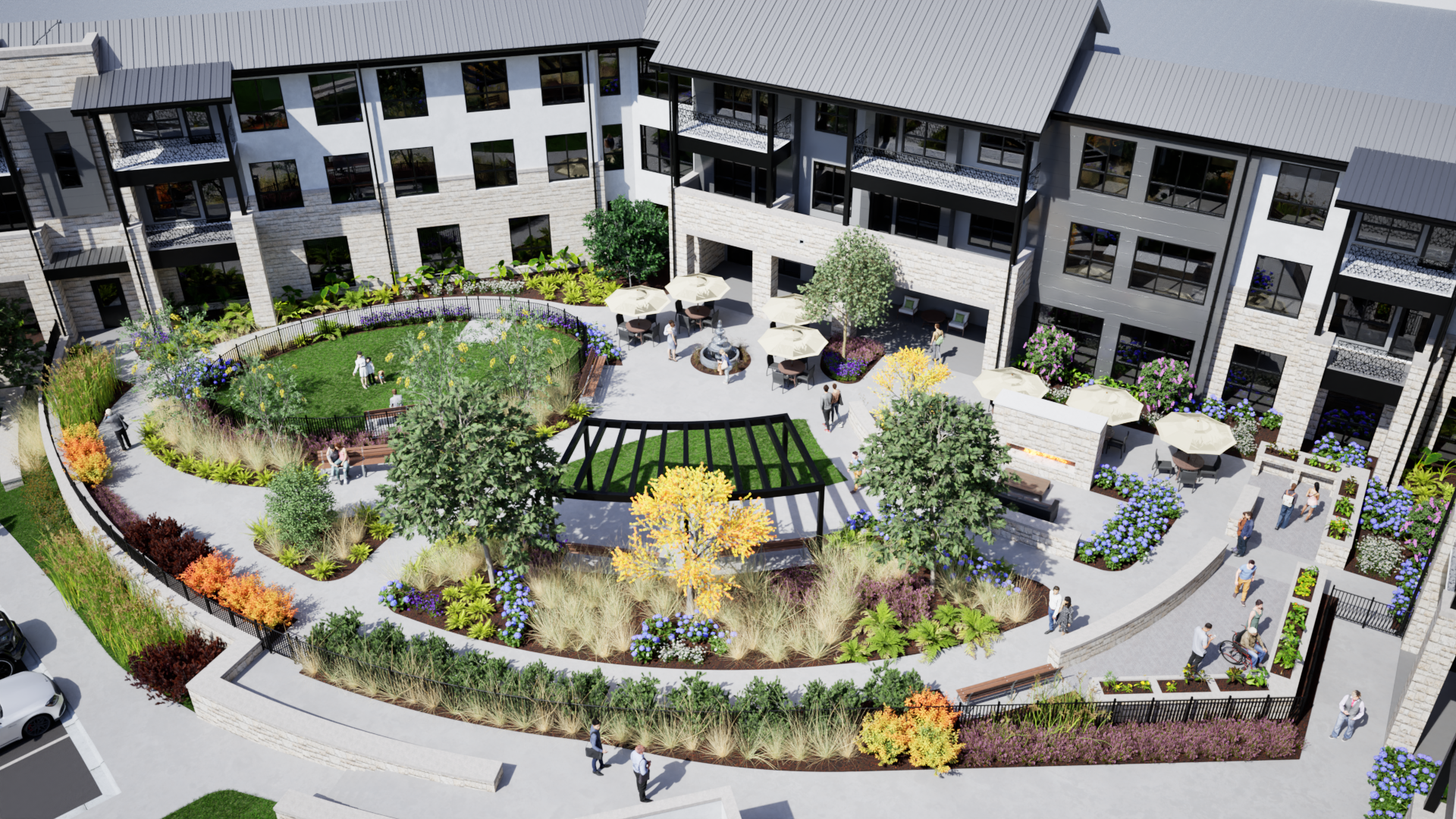Wrap Up Insurance Can Put a Bow on Your Project with Greater Control, Cost Savings, Coverage
Let’s talk development liability and excess insurance. No, really. It’s more interesting than you think. And when you have all the facts, you can evaluate the most efficient way to manage risk for your construction and development projects.
Pi sat down with Ryan Hyman, Vice President of Lockton Companies, in Fort Worth, TX, to talk about all things development insurance. Among other things, we discussed the best ways to manage costs, maximize control, potentially drive value creation, and prevent expensive problems and headaches down the road with your senior living construction projects.
Ryan Hyman, VP of Lockton Companies
Are You Properly Insured?
Before you start a new project, everyone needs to be properly insured – the owners, developers, the general contractor, subcontractors, and others involved. So as an owner/developer, without a robust background in insurance and risk management, how do you know you are properly insured at the most competitive rate in the marketplace? How costly could leaving those decisions up to others be in the short and long run? As Ryan explained, “There are significant dollars in play to insure a project when it’s coming out of the ground, anywhere from 2.5-4% of hard costs (bonds, liability, excess, builders risk).” Traditionally, subcontractors and general contractors provide their own individual insurance policies as required by the owner of a project. A wrap-up liability and excess policy, where you have one policy that covers everyone on the job site, not only gives the owners/developers control on a project as the named insured, it also makes sure the most competitive rate is being put in the construction budget.
While the other players – general contractors, subcontractors, developers, etc. – will have their own insurance, not evaluating the coverage terms, pricing, and policy language could leave you vulnerable. “There is no quality control in that scenario. You don’t know the caliber or quality of insurance they have, and this can lead to costly uncertainty,” Ryan said. The wrap-up consolidates all different coverages and creates one policy, driving economies of scale and simplifying control. For both types of wrap-up, all stakeholders need to take time to explore the options and determine which one will be the most advantageous for all. Ultimately, choosing a wrap-up package should be a win-win-win solution, he stressed.
There are two types of wrap-up insurance: owner-controlled insurance programs (OCIPs), which are sponsored by the construction project owners/developers, and contractor-controlled (CCIP) insurance programs, which are sponsored by the general contractor.
Want Control?
Control is one of the main advantages of the OCIP wrap-up, said Ryan. The OCIP is a way to streamline insuring the liability and excess under your control. “It consolidates all of the various policies and different coverages and creates one policy. You eliminate distractions and finger pointing in the event of a claim as you create one policy with one owner. “As that owner, you can drive economies of scale and make sure you are properly insured on the project,” said Ryan. Inherently, he suggested, “Developers are willing to take considerable risk with their projects but have historically not lifted up the hood to evaluate whether the insurance is property and competitively structured.”
With the CCIP wrap-up, the general contractor controls the placement and risk, as the owner/developer is being enrolled in contractors’ program. There is a convenience factor for the developer here, said Ryan, especially ones that are more risk adverse. However, he suggested weighing the pros and cons… What are the retention differences? Are there shared program limits? If there is $20,000 to be saved, it may not be worth the time and energy for the developer to pursue an OCIP. However, if the saving is $200,000, that might be another story. But you don’t know until you evaluate it.
How About Savings?
Savings are a big part of wrap-ups. Ryan said, “If there are savings to be had by controlling and preparing your own insurance for your upcoming projects over the next 12-18 months, you can create economies of scale, bring down costs, and consolidate coverage.
But here’s more than control and saving involved. A wrap-up can give you peace of mind – today or seven years from now. Ryan said, “Several years down the road if something happens, like a construction defect claim, you don’t have to chase down the contractor. This is a factor people may not think about today, but it can save a lot of time, money, and headaches. There is a big advantage to having your own program.”
Ryan offered, “There are different options. Go through the mechanics and you can eliminate some of your fears.” The key to making sure this doesn’t add work to your desk is working with a good administrator. This person will put the policy manual together, enroll all the subcontractors, and extract out potential bid credits to make sure subs are not factoring insurance in their bid. “The administrator is the glue that holds everything together and takes on 99% of the administrative work,” Ryan noted.
Ultimately, Ryan said, “Insurance isn’t a cookie-cutter solution. Every situation, every project is different. I don’t insure all of my developer clients’ projects – I help them evaluate where the best coverage and price is. Sometimes that lies with a lender’s master program, sometimes it is with the GC’s CCIP, and sometimes it is standing up your own OCIP program. However, with building expenses at historic highs, people are looking for ways to cut expenses. To not evaluate is missing a layup.” He added, “There is a lot that can go wrong with a project. Hopefully, you won’t use the insurance; but if something happens, you want to make sure you have done your homework and evaluated the proper insurance structure for your development project on the front end.”
Contact Pi Architects here or call us at 512-231-1910.



















